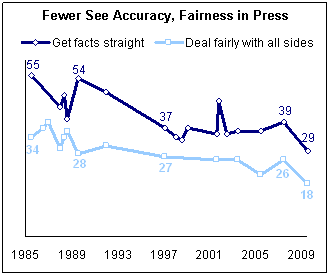
[photo from twitpic via Larfo]
I have a very personal relationship with the ups and downs of the Bay Bridge replacement project. This is not only because I’m a Berkeley resident who often depends on the structure. And it’s not only because I’m lucky enough to have a view of the bridge (distant but majestic) from my back window.
I used the project as a framing device in Dreaming in Code. You see, there are always people pounding the table complaining, “Why can’t we build software the way we build bridges?” It’s a fair question, but it forgets a couple of things. There’s the obvious: software is abstract, bridges are physical, and therefore they are constructed differently and behave differently. But the table-pounders are also forgetting about the long history of bridge failures. As I watched the Bay Bridge project unfold during the time I worked on Dreaming, I began by wondering what made bridge-building and software construction so different. Three years later, as the bridge project had quadrupled in cost, been redesigned several times and been put on hold for many months by a political dispute, I ended up asking whether the two undertakings were really so different after all.
Now the bridge even has its very own bug, and some down time. They could hang a big Fail Whale from its girders!
As it happened, I spent this evening playing a new game with one of my sons, so I was relatively off the grid, and found out about the bridge’s sudden closure only when I scanned Twitter a little while ago.
I first turned to the SF Gate home page, where I found a solid and informative lead story that must have been assembled and posted by the Chronicle’s reporters and editors very quickly indeed. The Chron story also leads the Google News block on the event.
The Oakland Tribune also had a reasonably thorough piece, with a focus on commute details, that the San Jose Mercury News — now part of the same chain — reprinted, along with another Trib feature that basically compiled people’s Twitter messages about the event. The Santa Rosa Press-Democrat has a solid take posted, too.
KRON had a fairly full report of its own and easily accessible video from its newscast. CBS5 had an AP story and some raw video. KGO/ABC had a brief story. Yahoo had a fuller version of the AP’s story. KTVU had a story credited to itself and Bay City News.
Over at SFist I found a bloggy take on the event, with more links but less hard info than the Chron story (which SFist linked to). Other local blogs, like Berkeleyside and Oakland Local, also did some linking and summarizing.
CNN had a brief story. As I write this, the New York Times’ new Bay Area blog doesn’t have anything up. Wikipedia’s Bay Bridge page already has a sentence about the news. And over at Spot.us you can find a pitch — out for a while now but likely to see fresh wind in its sails — for an investigative project by some veteran journalists, backed by the Public Press and McSweeney’s (whose founder, Dave Eggers, seems to have kicked in a generous grant), looking into why the bridge project has had such problems.
So there you have it. The longterm investigative pieces that might once have come from the big-paper newsroom must now be funded by other means (I kicked in my $20!). But the papers are still doing some valuable spot-news work. With a story like this, at least, the best combination of speed and depth in an early report still comes from the leading local daily newspapers.
We knew that, of course. But we also know that we simply aren’t going to be able to count on having those sources that much longer. This week brought news of a precipitous decline in the Chronicle’s circulation. We should be planning (as Dave Winer has been urging for a long time) for life without it.
And that means figuring out how to make sure that our community has a way to find out what happened, and what’s going on, the next time a cable breaks on the bridge.

